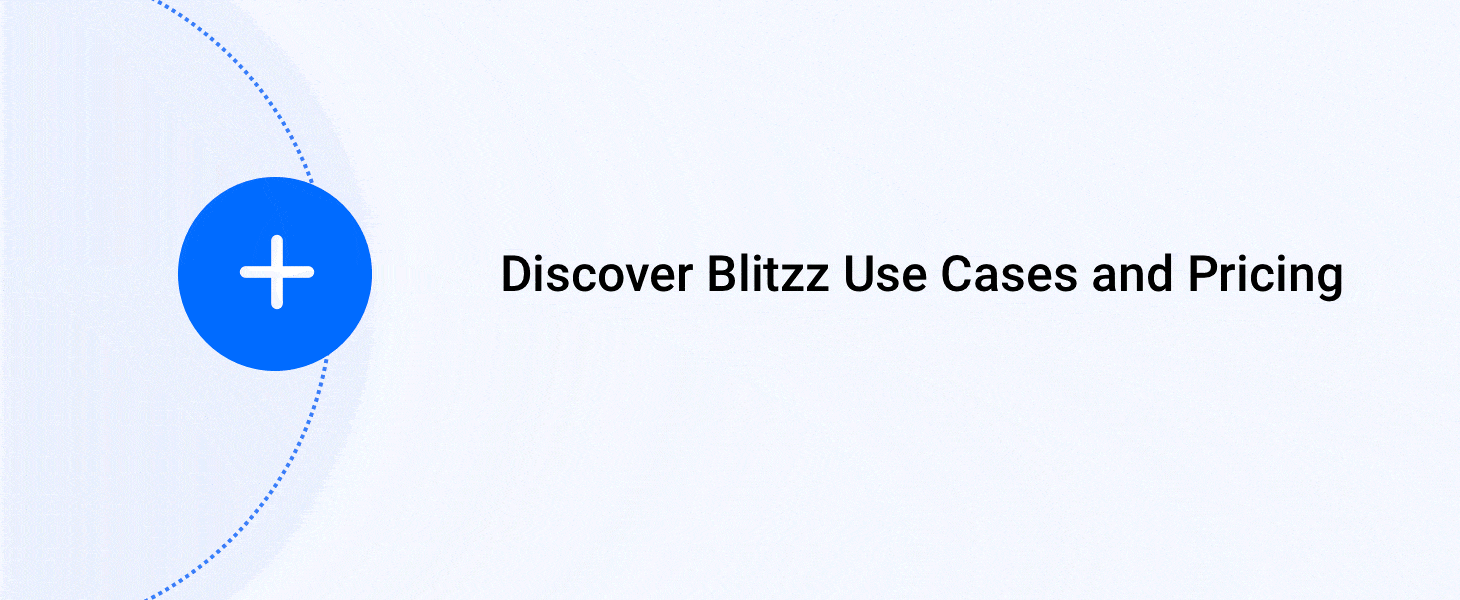Why Your Customer Care Team Needs Visual Empathy
Every call center has some tough days. You can probably picture the scene: The customer’s frustrated because of a long wait. Your agent can’t understand a word the customer’s saying. You’re on the floor worrying about how long this call is dragging on.
In the best-case scenario, your customer’s problem gets resolved, but they resent your company for an awful phone experience. But what if your care agent could engage with that customer face-to-face? Would both your customer and your agent have a better experience?
Science says yes.
In fact, face-to-face interactions are a core part of how humans communicate. They’re so important we have a part of our brains dedicated to them.
The feeling these interactions create is called “visual empathy.” In call centers, the key to developing visual empathy between customers and your team is giving them a way to look at each other’s faces while they talk – for example, via video calls.
Let’s walk through a few ways that visual empathy can improve every call and how you can bring visual empathy to your call center.
Visual Empathy Means Happy Customers
Every part of your customers’ phone experience matters.
For starters, 88 percent of customers want to talk to a human on the phone.
A human agent is just the bare minimum, though. Even if a real person’s on the line, 74 percent of people are likely to drop your business after a bad phone experience.
So what can you do to ward off those bad calls? Try to pinpoint what makes a good call.
We know that people care about talking to others face to face. Several new studies show that the brain activity that face-to-face communication sparks – neural synchronization – makes people feel more connected, cooperative, and engaged.
Video communication is one way to jumpstart those neurons.
When your customers feel cared for by a real person, they remember: 80 percent of people say a high-quality call experience will bring them back to your business again and again.
Visual Empathy Can Help Solve Problems the First Time
Today, many call centers measure agents on average handle time (AHT). When customers get frustrated, AHT tends to go up.
To hit their personal KPIs, agents may punt the problem over to a field technician or offer to exchange the customer’s equipment. This shortens call time, but it means your customers have to wait longer for a resolution. It also hurts the bottom line: the average truck roll costs $130, and shipping costs add up fast.
When you prioritize visual empathy, however, you create understanding between caller and agent, which helps prevent frustration from mounting.
Building trust over video can also help callers feel more comfortable showing your agents their equipment. Getting eyes on the problem makes it easier to find solutions on the first call and prevent costly truck rolls.
But there’s even better news: first-call resolution is great for customer retention.
It can take as many as 12 positive experiences to make up for one negative call experience. If you lose that angry customer, finding a new one will cost you anywhere from five to 25 times as much as if you’d kept the old one. And on the flip side, retaining just five percent more customers can bump your profits by more than 25 percent.
Admittedly, changing the way you measure performance is no small thing. But with the potential cost savings across the organization, it’s worth considering.
Visual Empathy Makes Employees Happy Too
No one likes being yelled at. When care agents have to deal with short-tempered callers, you can bet they’ll start to hate their jobs.
That’s bad for retention: nearly one in five workers has left their job in recent years and cited culture as the reason why. And replacing an employee costs about a third of their salary. That racks up fast.
To keep your agents happy and save your company money, it may be time for some changes. What steps can you take to boost morale on the floor?
Creating space for visual empathy might be your answer. You can put rapport-building lines into your call script, but giving agents the opportunity to see the people they’re talking to – and vice versa – will really seal that bond.
Bring the Power of Visual Empathy to Your Organization with Blitzz
With Blitzz’s remote video concierge assistance, call center leaders can tap into the power of visual empathy in a matter of minutes to enjoy better first-call resolution, happier customers, happier employees, and lower costs.





